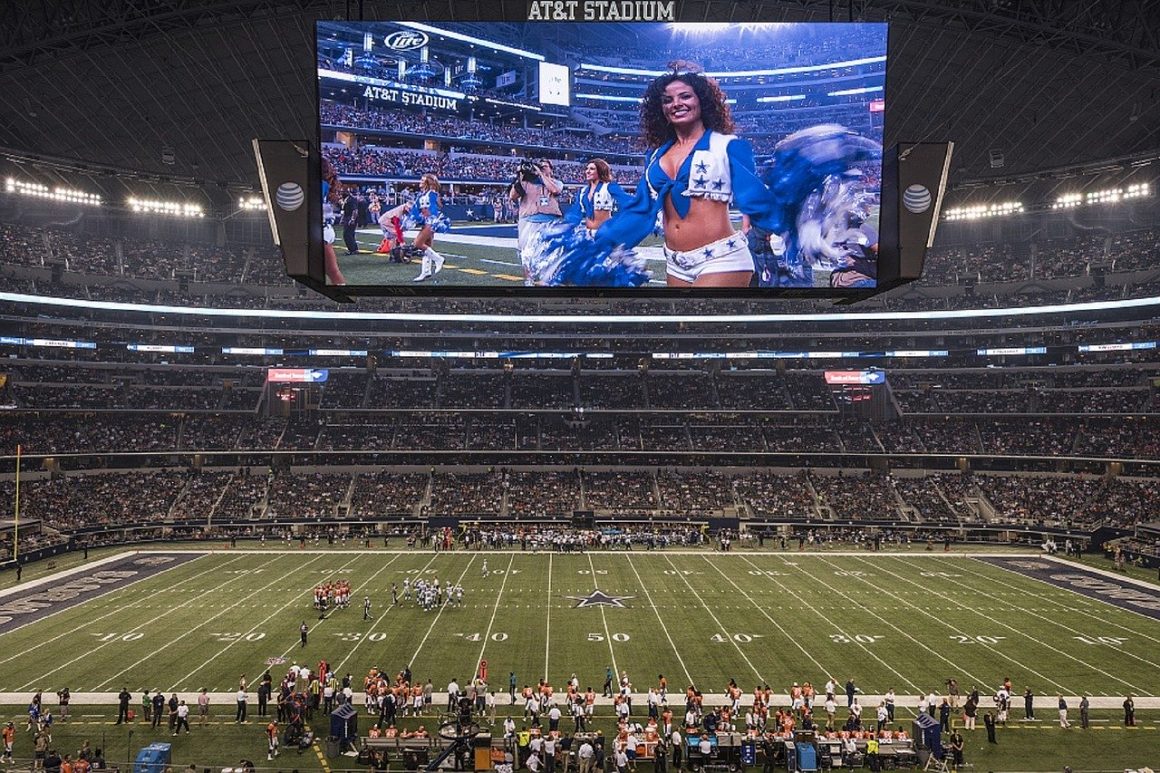
SuperBowl rules differ from Grey Cup
By Kristy Koehler, January 23 2020 —
Football on both sides of the 49th Parallel has either recently wrapped up or is headed into Championship mode. The National Football League recently gave way to a clear-as-mud playoff picture and the Canadian Football League teams finished their fight for the Grey Cup. American College football playoffs just finished and the Canadian varsity version of the SuperBowl — the Vanier Cup — was won by the University of Calgary Dinos.
With hours of glorious gridiron available, you’d think fans would be in heaven. But, even the most die-hard football fans rarely follow both leagues. NFL purists maintain that the CFL is a cheap facsimile of the American spectacle. Lovers of the CFL say they don’t watch the American version of their game. The game was invented in Canada… but that’s a story for another time.
If you don’t normally follow both the CFL and the NFL and tune in to watch the opposite league, you might be a bit confused. For all their similarities, they can sometimes look like entirely different games.
There’s no denying that the NFL produces a glitzier product — multimillion-dollar contracts, televised draft spectacles, merchandise from cheese boards to car decals and theme songs written by major recording artists. But, does that mean the NFL is better football? Not necessarily. It’s just different.
As the SuperBowl approaches, you Canadian football aficionados might be a bit confused if you aren’t used to watching the American game. And, if you’re a regular NFL-watcher, some of the things that make you grit your teeth and wish the game were different, might just drive you to watch the northern version when it kicks off again later this year.
There are actually many rule differences between the two games, but in the interest of a brief overview, here is a very simplified version of the most noticeable ones.
Organizational Structure:
The CFL has nine teams — until 2006 two of them were called the Roughriders. Wait, sorry, there was a key difference — one was the Roughriders and the other was the Rough Riders. Yeah… Anyway, there are two conferences in the CFL — East and West. The NFL, by comparison, has 32 teams, two divisions and four divisions in each conference.
It’s pretty easy to determine which CFL team is going to end up in the playoffs. On the other hand, if you have a doctorate in statistics, you might understand the NFL playoffs. Then again, maybe not. In the NFL, trying to predict whether or not your team is going to make the post-season is a bit like trying to predict the weather three years from now with a crystal ball made out of wood. “If the Chiefs win and the Raiders lose and the Vikings tie with a team they won’t actually be playing against and if you carry the one while standing on your head and the referee passes out during the coin toss, then the Eagles will get a Wild Card spot, but only if the NFL commissioner wears green and eats cheese on a Thursday.”
The CFL season is a little longer — as of 2019, the CFL has a 21-week regular season — each team plays 18 games and has three bye weeks. There are 17 weeks in the NFL season and teams play 16 of them. Also, the CFL season starts in June. Likely by necessity. Can you imagine playing through December and January in Canada? Sure, the NFL has some cold-weather markets like Buffalo and Pittsburgh, but one year, for the Grey Cup half time show, Shania Twain was transported to her mid-field stage in a blizzard by a dog sled….
Offense:
The most noticeable difference in gameplay is that the CFL has one less down — three to the NFL’s four. This generally means that In Canadian football, teams have to be more offensively aggressive — going two and out is no good so a CFL team making a play on third and short is far more common than an NFL team taking a chance on fourth and short. As a result, those fantastic, almost field-length throws are far more common north of the border. It makes no sense to grind out a couple of yards when there are only three opportunities.
Fair Catch:
In the NFL, the team on the receiving end of a punt or kickoff can signal for a fair catch. Once the receiver makes the signal, the kicking team cannot interfere with his attempt to catch the ball. The receiving team’s offensive drive begins from the spot of the catch.
I hate the fair catch rule. Designed to protect the receiver — he’s pretty vulnerable when trying to catch a punt or kickoff — the rule is understandable. But, it’s boring. In the CFL, the receiving team makes a play
Overtime:
I hate NFL overtime rules. Loathe them. Am incensed by them — and yes, even when it works out in favour of my team. The team who successfully calls the coin toss gets the first possession of the ball. If they score a touchdown, that’s it. The other team does not get the opportunity to respond.
The referees always explain the overtime rules to the crowd by saying “Each team will get an opportunity to possess the ball.” My dude! That’s false advertising. Sure, the team who doesn’t guess their heads from their tails has the opportunity to possess the ball — but only if they stop the other team before a touchdown. Football teams are built on the combination of offense and defense, so the common argument that if one team’s defense was better, they’d have stopped the other team’s offense doesn’t fly with me. I genuinely think that if one team scores a touchdown, the other team should have the opportunity to respond. That’s where the CFL excels.
